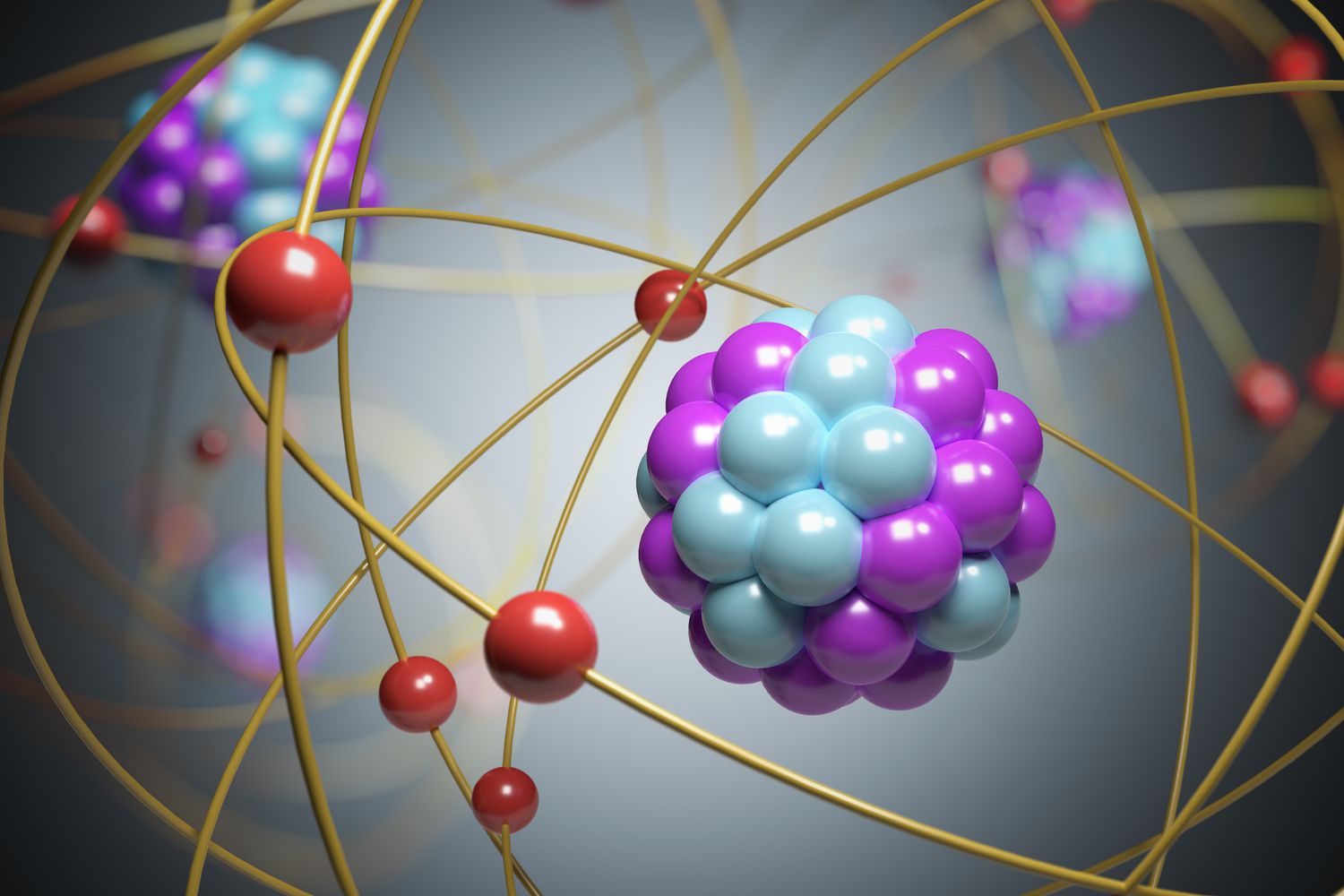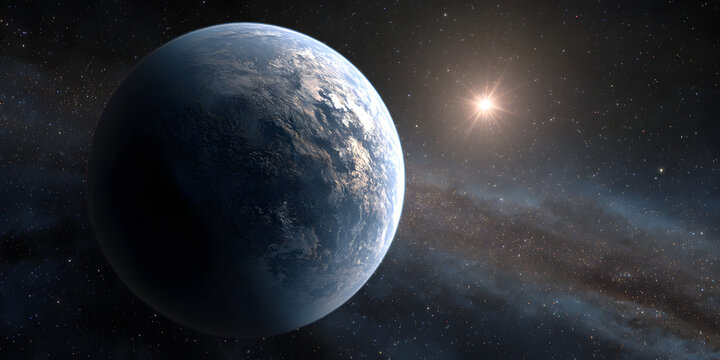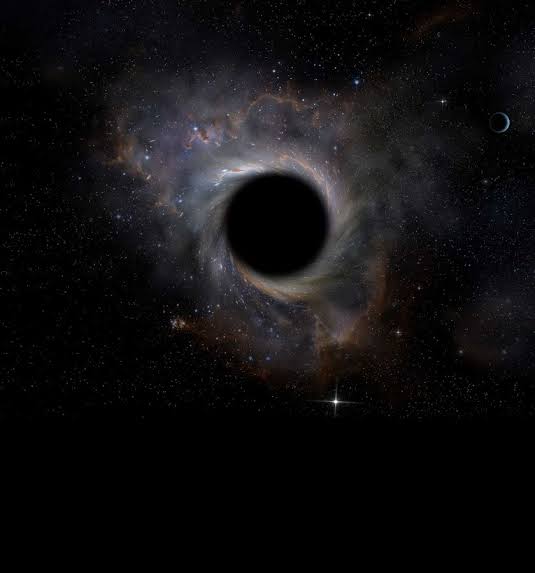From the moment ancient humans first watched metal melt in fire, chemistry began. What started as simple curiosity about how substances change has evolved into one of the most profound sciences in human history. Chemistry is the study of matter—what it is made of, how it behaves, and why it changes. It is the invisible architect behind everything: the stars above, the air we breathe, the food we eat, and even the thoughts firing through our brains.
Over centuries, countless minds have shaped chemistry into what it is today. Each discovery has been a spark lighting the way toward our understanding of nature’s hidden laws. But among thousands of breakthroughs, a few stand as milestones—discoveries that transformed science, technology, medicine, and life itself.
Here are the ten most important discoveries in chemistry, told as a story of imagination, struggle, and wonder.
1. The Discovery of the Atom – The Birth of Modern Matter
The idea that all matter is made of indivisible particles—atoms—dates back more than two thousand years to the Greek philosopher Democritus. He imagined tiny, indestructible particles swirling in an infinite void. But for centuries, this remained pure philosophy, not science.
It wasn’t until the early 19th century that John Dalton revived the atomic theory with evidence. Dalton, a humble English schoolteacher, studied how elements combine to form compounds. He noticed that chemical reactions always occur in fixed ratios—water, for example, is always two parts hydrogen and one part oxygen.
Dalton proposed that each element is made of its own kind of atom, and that these atoms combine in specific ways. It was a revolutionary idea: the universe wasn’t a chaos of substances, but an orderly dance of invisible building blocks.
Later discoveries—like J.J. Thomson’s electron, Ernest Rutherford’s nucleus, and Niels Bohr’s atomic model—refined this vision. The atom became the cornerstone of all chemistry, revealing that everything around us, from air to gold to DNA, is built from just over a hundred kinds of atoms arranged in endless combinations.
The discovery of the atom turned alchemy into chemistry, superstition into science, and curiosity into the foundation of modern knowledge.
2. The Periodic Table – The Map of the Chemical Universe
If the atom is chemistry’s alphabet, the periodic table is its language. It is one of the most iconic symbols in science—a chart that organizes all known elements by their properties, patterns, and relationships.
In the mid-19th century, chemists had identified dozens of elements, but their relationships were unclear. Then came Dmitri Mendeleev, a brilliant Russian scientist with an extraordinary vision. In 1869, Mendeleev arranged the elements not just by atomic weight, but by repeating chemical behavior.
What made Mendeleev’s work astonishing was his courage to leave gaps—spaces for elements that had not yet been discovered. He even predicted the properties of those missing elements with uncanny accuracy. When gallium, germanium, and scandium were later found, they matched Mendeleev’s predictions almost perfectly.
The periodic table became a roadmap for chemistry, guiding generations of scientists toward new discoveries. It revealed that nature follows order, symmetry, and mathematical precision.
Today, the periodic table continues to grow, with synthetic elements created in laboratories at the edge of stability. It remains not only a tool for scientists but also a symbol of human intelligence—the chart of everything.
3. The Discovery of Oxygen – The Breath of Life and Fire
For much of history, people believed in the theory of “phlogiston”—an imaginary substance thought to be released during burning. It explained fire and rust, or so scientists thought. Then, in the late 18th century, everything changed.
In 1774, Joseph Priestley, an English chemist, heated mercury oxide and collected a gas that made candles burn brighter and mice live longer. He had unknowingly isolated oxygen. Around the same time, the French chemist Antoine Lavoisier conducted similar experiments and realized that this gas wasn’t phlogiston at all—it was an element essential to both combustion and respiration.
Lavoisier named it “oxygen,” meaning “acid-former,” and through precise experiments, he showed that fire, rusting, and breathing all involve chemical combination with oxygen.
This discovery shattered ancient misconceptions and gave birth to modern chemistry. Lavoisier’s meticulous methods of weighing reactants and products also established the law of conservation of mass—matter is neither created nor destroyed, only transformed.
Oxygen redefined life and chemistry alike. It taught us that breathing and burning, though seemingly different, are united by the same invisible element that fuels stars and sustains our cells.
4. The Laws of Chemical Combination – The Mathematics of Matter
Chemistry was once a science of observation. Substances were mixed, reactions recorded—but there was little understanding of proportion or precision. Then came a series of discoveries that gave chemistry its mathematical soul.
First was the Law of Conservation of Mass, proposed by Lavoisier: matter cannot be created or destroyed. Then came the Law of Definite Proportions, introduced by Joseph Proust, stating that compounds always contain elements in fixed ratios.
Dalton’s Law of Multiple Proportions added yet another layer: when two elements form more than one compound, the masses of one element that combine with a fixed mass of the other are in simple ratios.
Together, these laws turned chemistry into a quantitative science. Reactions could now be predicted, balanced, and measured. The mysterious transformations of matter became logical and mathematical, revealing the hidden order beneath apparent chaos.
These laws laid the foundation for stoichiometry—the precise calculation of chemical reactions—which governs everything from pharmaceutical formulations to rocket fuel.
5. The Discovery of the Electron – The First Subatomic Particle
By the late 19th century, the atom was thought to be the smallest, indivisible unit of matter. Then, in 1897, a quiet English physicist named J.J. Thomson made a discovery that shattered that belief forever.
While studying cathode rays—mysterious streams of particles emitted in vacuum tubes—Thomson realized that these rays were made of negatively charged particles much smaller than atoms. He had discovered the electron.
The electron became the first known subatomic particle, opening a new frontier in science. Thomson’s experiments revealed that atoms were not indivisible, but complex systems with internal structure.
This discovery not only revolutionized chemistry but also gave birth to modern physics. The understanding of electrons led to atomic models, chemical bonding theories, and ultimately, the development of electronics.
From lightbulbs to smartphones, every piece of modern technology exists because Thomson looked into a glowing tube and dared to imagine what no one else could see.
6. Avogadro’s Hypothesis – The Hidden Order in Gases
In the early 19th century, chemists were puzzled. They knew how gases behaved but not why. Why did different gases, under the same conditions, occupy the same volume despite different masses?
In 1811, an Italian scientist named Amedeo Avogadro proposed a radical idea: equal volumes of gases, at the same temperature and pressure, contain the same number of particles.
It seemed simple, but it took decades for the world to accept it. Avogadro’s insight provided the missing link between atomic theory and real measurements. It allowed scientists to calculate atomic weights, molecular formulas, and ultimately to connect the microscopic and macroscopic worlds.
Avogadro’s number—6.022 × 10²³—represents the number of particles in one mole of any substance. It is a bridge between atoms and everyday quantities, connecting the unseen universe of atoms with the tangible world of matter we can touch.
Without Avogadro’s hypothesis, modern chemistry’s precision—its ability to weigh atoms, measure reactions, and balance equations—would not exist.
7. The Discovery of Radioactivity – The Invisible Power Within
At the turn of the 20th century, the atom was still considered stable and eternal. Then, nature revealed its hidden power.
In 1896, Henri Becquerel discovered that uranium salts emitted invisible rays that could fog photographic plates. Soon after, Marie and Pierre Curie investigated further, isolating two new radioactive elements: polonium and radium.
Their discovery was astonishing. Matter was not unchanging—it could spontaneously emit energy and transform into other elements.
Radioactivity transformed our understanding of the atom. It revealed that matter contained immense energy locked within its structure, leading to the discovery of nuclear reactions, atomic energy, and new methods of dating rocks and fossils.
Marie Curie’s work, conducted with minimal resources and immense courage, also led to medical breakthroughs like cancer radiation therapy. She became the first person to win two Nobel Prizes in different sciences—chemistry and physics.
Radioactivity showed that atoms were not the end of matter, but the beginning of a far deeper mystery—one that still fuels science today.
8. The Chemical Bond – The Glue of the Universe
What makes atoms stick together to form molecules? This question puzzled scientists for centuries until the early 20th century, when quantum mechanics and chemistry merged.
The concept of the chemical bond emerged to explain why some atoms attract while others repel. Gilbert Lewis proposed the idea of shared electron pairs in 1916, introducing the “Lewis structure,” which remains fundamental today.
Later, Linus Pauling expanded on this with his groundbreaking work The Nature of the Chemical Bond (1939), explaining the role of electronegativity, hybrid orbitals, and resonance. His theories provided a universal framework for understanding molecular structure and reactivity.
The discovery of chemical bonding was more than a scientific breakthrough—it was the revelation of the architecture of nature. It explained why water has its unique properties, why DNA holds its shape, and why stars can fuse hydrogen into helium.
Every molecule, every material, every living cell owes its existence to this invisible glue of the universe.
9. DNA and the Chemistry of Life – The Secret Code of Existence
While biology studies living organisms, it was chemistry that unveiled the molecule that makes life possible: DNA.
In 1953, James Watson and Francis Crick, building on the work of Rosalind Franklin and Maurice Wilkins, proposed the double-helix structure of DNA. This elegant molecule, composed of nucleotides linked by sugar-phosphate backbones, carries the genetic instructions for life.
Chemistry made this discovery possible. The understanding of hydrogen bonding, molecular geometry, and base pairing explained how DNA replicates and encodes information.
The discovery of DNA’s structure was not just a biological revolution—it was a chemical one. It bridged the gap between molecules and meaning, showing that the secret of life lies in a precise, beautiful arrangement of atoms.
From genetic engineering to medicine, the chemistry of DNA continues to shape our future. It has given humanity the power to read, edit, and even rewrite the code of life itself.
10. The Discovery of Plastics and Synthetic Materials – Chemistry Creates a New World
Few discoveries have changed everyday life as profoundly as plastics. Born from chemistry’s ability to manipulate molecules, synthetic materials reshaped civilization.
In 1907, Leo Baekeland invented Bakelite—the first true plastic. Unlike natural materials, it could be molded, hardened, and reused. Soon, other chemists developed nylon, polyester, and polyethylene, leading to the modern world of lightweight, durable, and versatile materials.
Plastics revolutionized medicine, electronics, transport, and packaging. They brought affordability and convenience—but also posed environmental challenges that chemistry must now solve.
Today, chemists are developing biodegradable plastics and sustainable materials inspired by nature, closing the circle between innovation and responsibility.
Plastics represent chemistry’s dual nature: the power to create, and the duty to care for the planet that creation affects.
The Eternal Flame of Discovery
From atoms to DNA, from oxygen to the periodic table, every great discovery in chemistry has revealed a deeper truth: matter is not inert—it is alive with structure, energy, and transformation.
Chemistry is the poetry of existence written in the language of elements. It tells us that we are made of stardust, that life itself is a series of chemical reactions dancing in perfect harmony.
The discoveries that built chemistry are not just milestones in science—they are chapters in the human story, proof of our unending desire to understand the world and our place within it.
And as long as we ask questions, chemistry will continue to answer—not only how matter works, but why the universe is so beautifully, perfectly alive.






